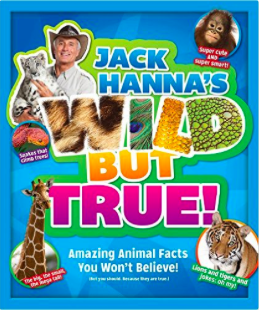This is one of a series of blog posts that continue the conversation around Still Learning to Read--teaching reading to students in grades 3-6. This series will run on the blog on Tuesdays starting in August 2016 and continue through the school year.
Another reason I LOVE having a coach--Sometimes they push me to study things that I can't seem to find time to get to on my own. This week, our literacy coach Heather Halli, helped my students and me think about Sketchnoting. She sent an email out a few weeks ago, sharing an article she had read on Two Writing Teachers called Sketchnoting: My First Attempt by Dana Murphy. I had been trying to attend one of Tanny McGregor's sessions on Sketchnoting but my schedule hadn't worked out. So, Heather and I talked about sketchnoting informally after her email and we quickly shared resources over text and email for the last few weeks. I had been meaning to watch Tanny McGregor's and Shawna Coppola's Sketchnoting webinar that was recorded from the Ed Collaborative online PD Day but hadn't had the time. When Heather said she watched Tanny McGregor's EdCollaborative webinar on Sketchnoting, I knew I needed to watch it too. So I made the time. (See what I mean about coaches--after months of trying to make time to learn from Tanny, Heather's thinking helped me to actually move forward!)
Introduction to Sketchnoting
To begin our thinking about sketchnoting, we shared this video with my 3rd graders. We watched it a few times and noticed new things each time. It was a fabulously simple introduction to the idea of Sketchnoting called Sketchnoting for Newbies.
Sketchnoting: Learning from a Video
The next day, we shared this image we found that we thought was a good example of Sketchnoting that we found in the post Adventures in Sketchnoting and a Book in Five Days by David Burton. Then we invited kids to create Sketchnotes on a short bird video we discovered. We watched the video 2 times so they could jot notes. The second time we watched it, we paused it every 20-30 seconds so kids had time to jot/sketch.
Sketchnoting: New Learning from Reading
On the third day, I asked kids to Sketchnote while reading several things about maps on the site, Pebble Go. There was lots of information here and I wanted to see what kids did when they could work at their own pace--stopping to sketch and jot when they needed to.
Sketchnoting About Ourselves
Finally on Thursday, we decided to invite the kids to Sketchnote about themselves. We shared the Tips on this blog and then shared some of the other slides from this presentation on Tech and Learning. (We even printed some to keep around the room so kids can play with font, dividers, etc. as they get better at Sketchnoting.) We wanted kids to focus on the techniques of sketch noting so we thought taking away new content would help them think about structure, organization, design, etc. This was also the day we added colored pencils which seemed like perfect timing!
My Reflections on Our Week of Sketchnoting
This was one of the most exciting new things I've tried in a while. In just a few days, kids were excited about the possibilities of Sketchnoting, they saw the power in making their thinking visible in this way, and we have lots to build on throughout the school year. I saw changes in the ways kids read information as they were deciding where to put things on a page. I saw rereading with purpose as kids went back to think about information they missed on the first read. I saw kids who love to draw add more words to their thinking and kids who write lots think differently when added visuals. I am excited to see where this weeklong study will take us. I'll keep you posted!
(Our new edition of Still Learning to Read was released in August! You can order it online at Stenhouse! You can follow the conversation using the hashtag #SLTRead or you can join us for a book chat on Facebook that began this week by joining our group here.)





















